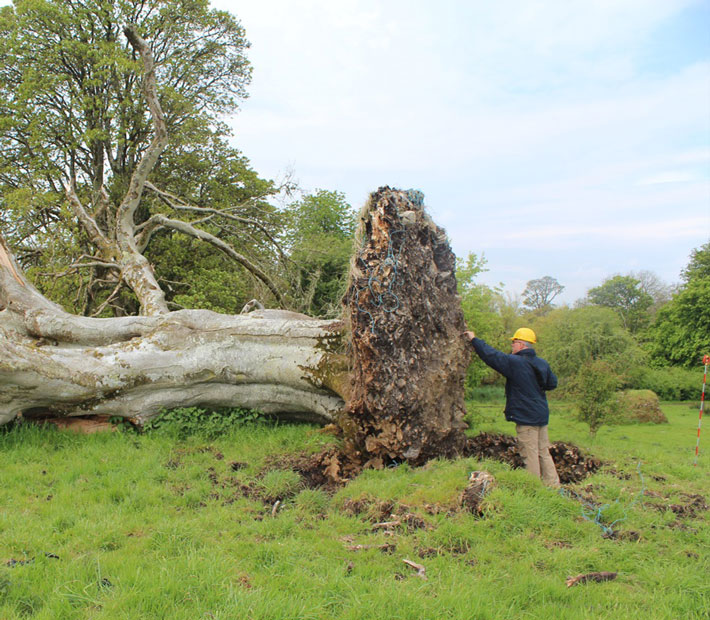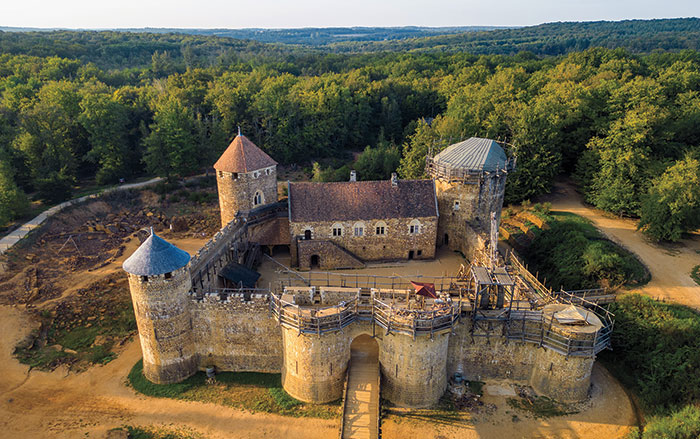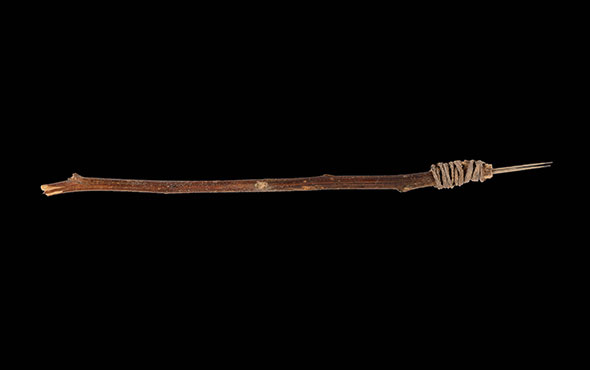
The skeleton of an eleventh-century man who appears to have been executed has been unearthed in central Sicily. When archaeologists led by Roberto Miccichè of the University of Palermo found the remains in a shallow grave, they immediately realized they had an unusual case on their hands. The man had been buried facedown, in a manner that did not follow any of the religious practices common in Sicily at the time. This suggests that he was an outlaw.
As Miccichè studied the bones using CT scans and a 3-D reconstruction, he recognized that the victim had been stabbed in the back at least six times, most likely while kneeling with his feet bound together. This is evidence of “someone very familiar with human anatomy carrying out a kind of ‘surgical operation’ intended to kill a person in a very effective and rapid way,” says Miccichè. He points out that the execution likely took place just after the Norman conquest of Sicily in 1061, a time of social upheaval when violence on the island was common.












